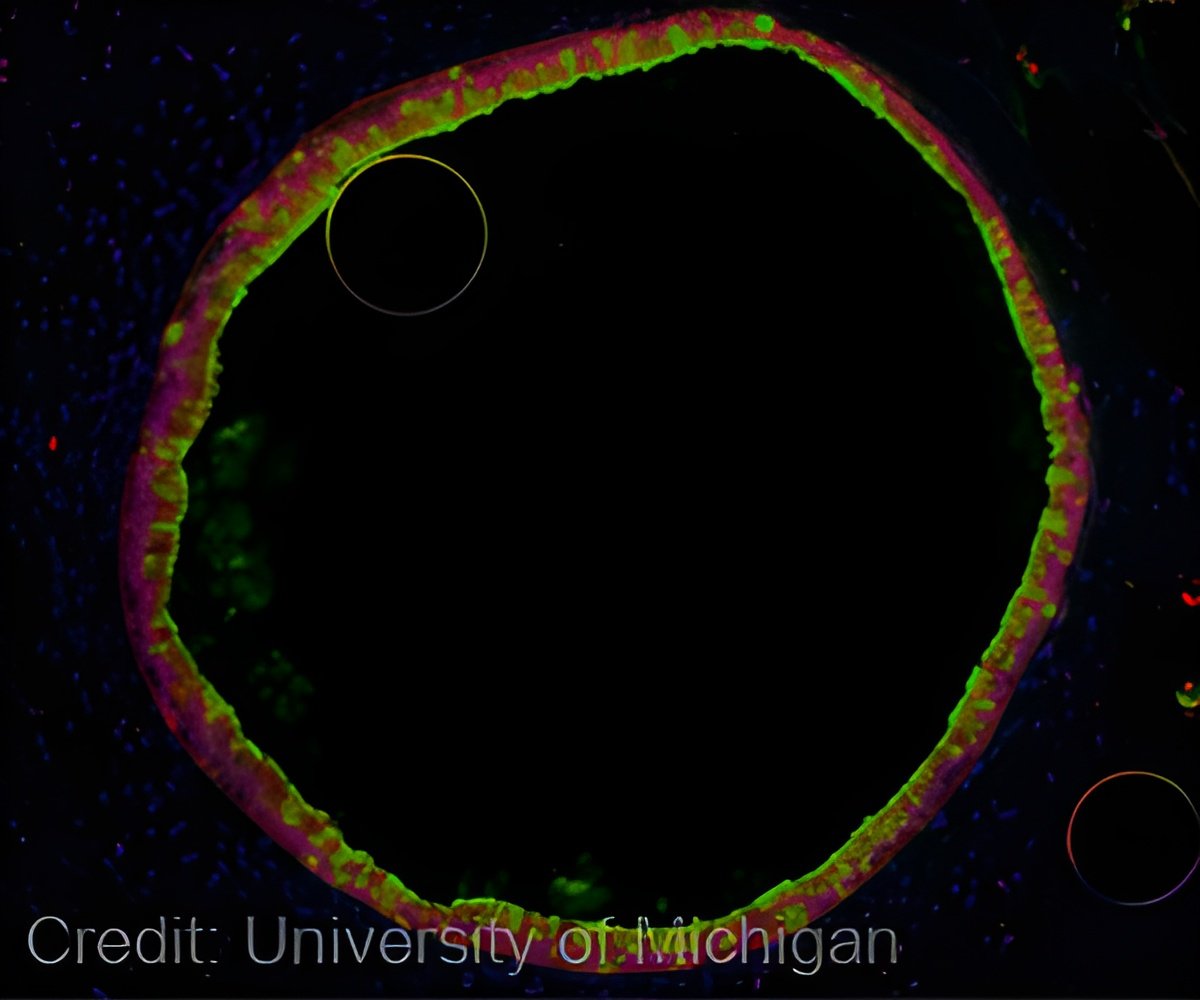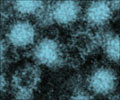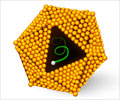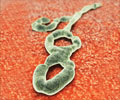A potential weakness in the make-up of deadly agents such as Ebola that can immediately yield a sensitive test has been identified.

The screening performed by Hayhurst and assistant Laura Jo Sherwood guided the selection of llama antibodies recognizing a polymer hiding within Ebola called nucleoprotein (NP). Remarkably, each antibody could be used in its own right to form a sensitive test for the Ebola NP, whereas most tests would require two different antibodies driving up costs and characterization times. This research -- funded by National Institutes of Health (NIH), Defense Threat Reduction Agency Basic Science Program/Office of Naval Research and the Texas Biomedical Research Institute -- was published today in the journal PLOS ONE."Ebola NP is rather like a cob of corn displaying hundreds of kernels linked in a repetitive polymer, giving us the perfect molecular magnet to attract llama antibodies that can be assembled into highly avid assays based on a single antibody," Hayhurst said.
"Intriguingly, while using one antibody to polymers and aggregates has been put to use in neurodegenerative disease diagnostics for Parkinson's, Alzheimer's and other disorders, it has lagged behind in emerging viral diagnostics. We showcase its simplicity and effectiveness for viral threat detection here and it may well be useful for detecting other emerging viruses."
Source-Eurekalert
 MEDINDIA
MEDINDIA



 Email
Email









